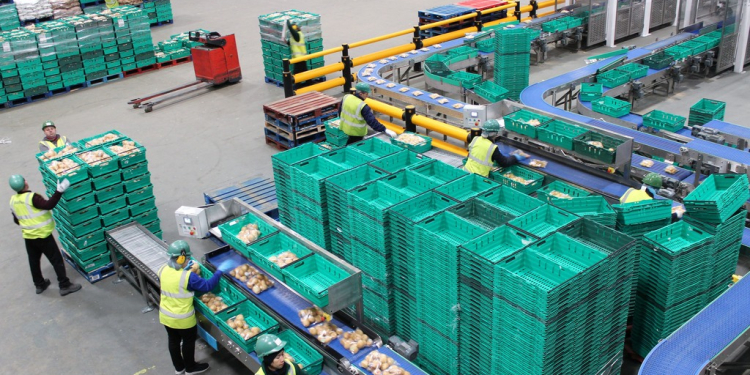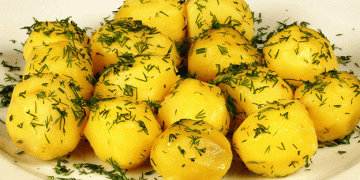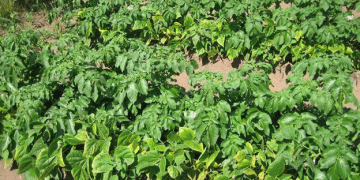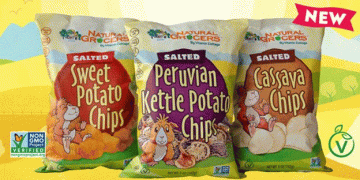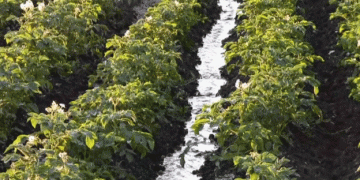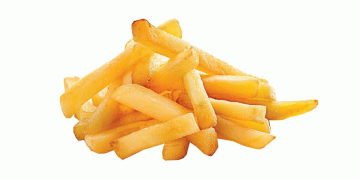Coop intends to combine the packaging and storage of potatoes in one large warehouse near Gardermoen. The farmers’ team is afraid that means the nail in the coffin for Norwegian potatoes in the districts
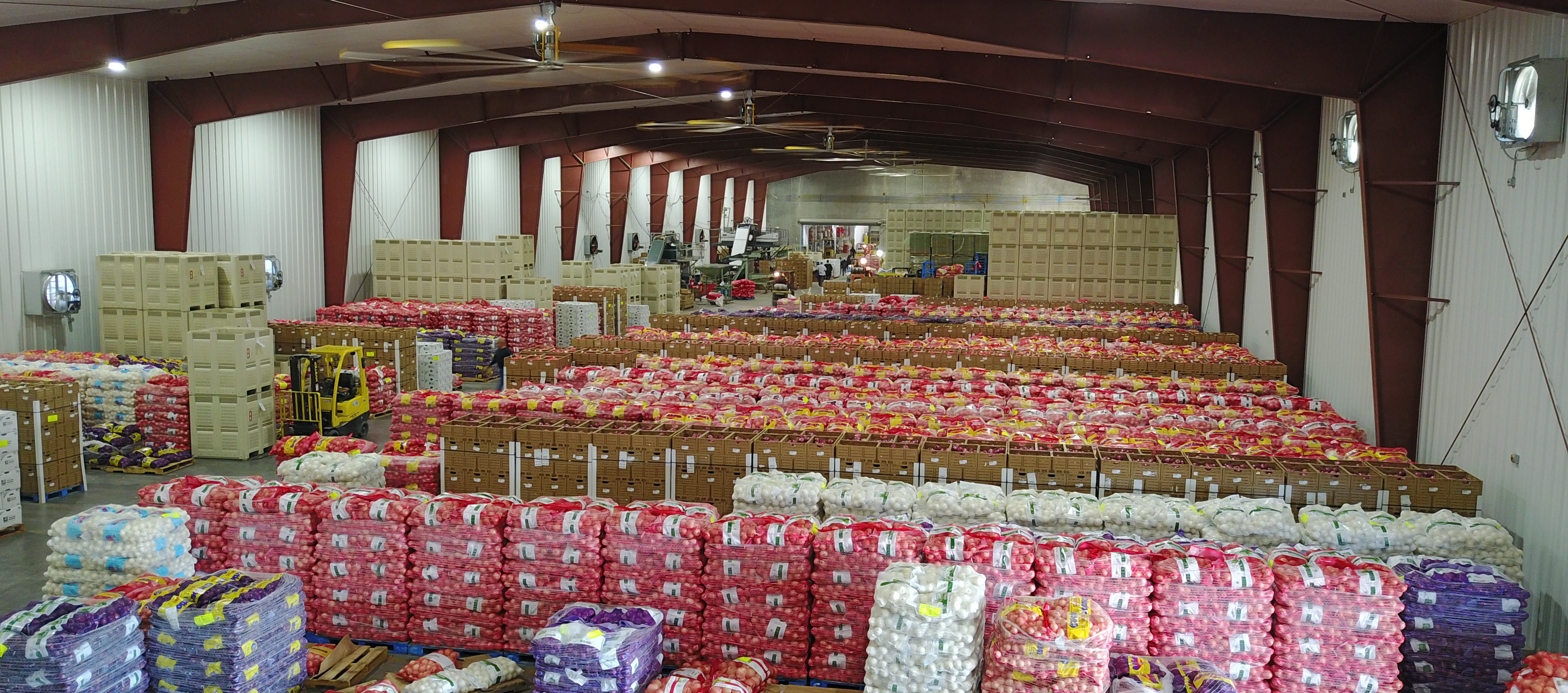
Lars Petter Bartnes, leader of the Norwegian Farmers’ Association, is worried about the consequences it will have for potato farmers in the districts. “Northern Norwegian and Trøndelag potato producers will lose market access and must stop potato production”, he states. Bartnes predicts that competition in the food market will make the farmer the weaker party. “This is the start of a trend we have seen in Europe and the USA. This puts the farmer in a very difficult situation. Here, the lease in the chain will have all the power.”
Through the agricultural settlement that the state and the trade union negotiate every quarter of a year, the parties use large sums to keep production dispersed. “The chains are sitting on tough market forces since there is no stronger political framework for the business. They have various opportunities to develop internationally inspired strategies in Norwegian agriculture”, says Bartnes. He fears that Coop will gather production near the central warehouse if it becomes too expensive to transport the potatoes to the new packing plant.
The Farmers ‘and Smallholders’ Association in Nordland and Troms is also concerned about Coop’s plans. In an e-mail to NRK, they write that fewer potato farmers with greater production make us more vulnerable to plant diseases, fleas and events we cannot easily control. “We work all the time to strengthen food production and preparedness. It helps so little when the food chains can run their own race in the opposite direction”, says Per-Anton Nestan, leader of the Nordland Farmers ‘and Smallholders’ Association.
Out of proportion
Harald Kristiansen, communications manager for Coop, says that the potato packing and the expansion of the warehouse is at an early stage. Probably no change will take place until at least two years from now. “Much of what comes out is taken out of proportion, something that is obviously a danger when we are out so early and present our thoughts”, writes the communications manager in an e-mail in NRK. He also writes that Coop will focus on product development that can make Norwegian consumers eat more potatoes. They have already built a room to process potato and vegetable products next door to their central warehouse at Gardermoen. The potato packing comes as an extension of this.
Today, the potatoes that Coop sells are packaged in several regions in the country, and Kristiansen confirms that it is likely that Coop will keep up with it. Nevertheless, smaller product lines can be a good idea in some places, so that no smaller packaging company has to invest in new packaging machines.
The head of communications rejects that they should prioritize farmers in close proximity to the packing plant and says they do not want producers from all over the country. He also does not think the environmental burden needs to be increased with a new transport pattern. This makes it possible to collect several items on the same truck. “There are many parameters that must be taken into account when we set up an environmental calculation. Not only transport, but also quality and waste.”
Kristiansen believes that farmers in the districts do not need to be afraid of the changed production structure. Nevertheless, it may be the case that it is best for all parties to move some production to the larger producers. “It is important to emphasize that much of what we presented in the meeting was presented as possibilities and hypotheses. It’s not final.”

Northern Norway is vulnerable
Christian Anton Smedshaug is an associate professor at NMBU and a researcher for AgriAnalysis. He explains that Coop’s plans are an indication that they want the most efficient logistics and the least possible intermediate shipping. “The danger is that the desire for large-scale operations exacerbates the geographical challenges, for example in northern Norway. The centralization will have negative consequences for those who live far away from the central warehouse,” says Smedshaug.
What can be positive about this way of shaping agriculture?
“You get a lower price and optimize operations. Maybe you can take out fifty øre here and a penny there. But there are other considerations and qualities in society than the lowest possible price, completely isolated. The low price at the expense of emergency preparedness, settlement and production in the north is too high a price to pay.”
Source: https://www.nrk.no/
